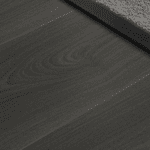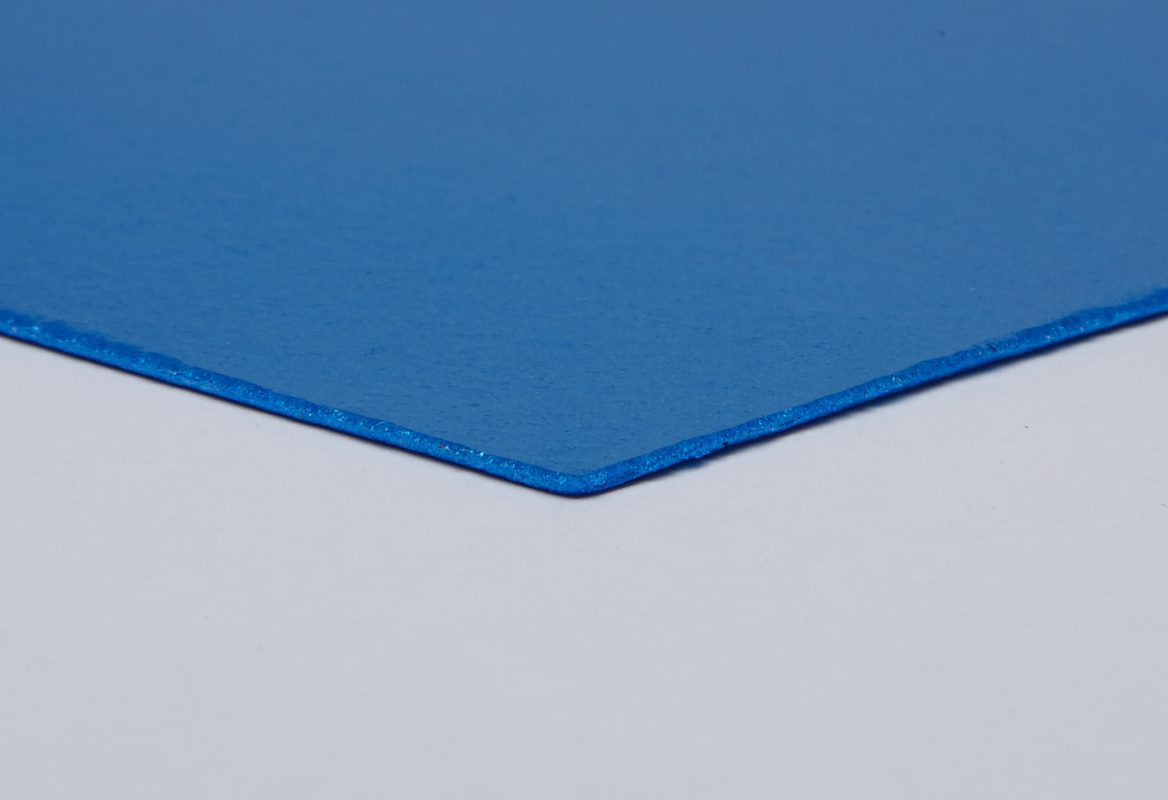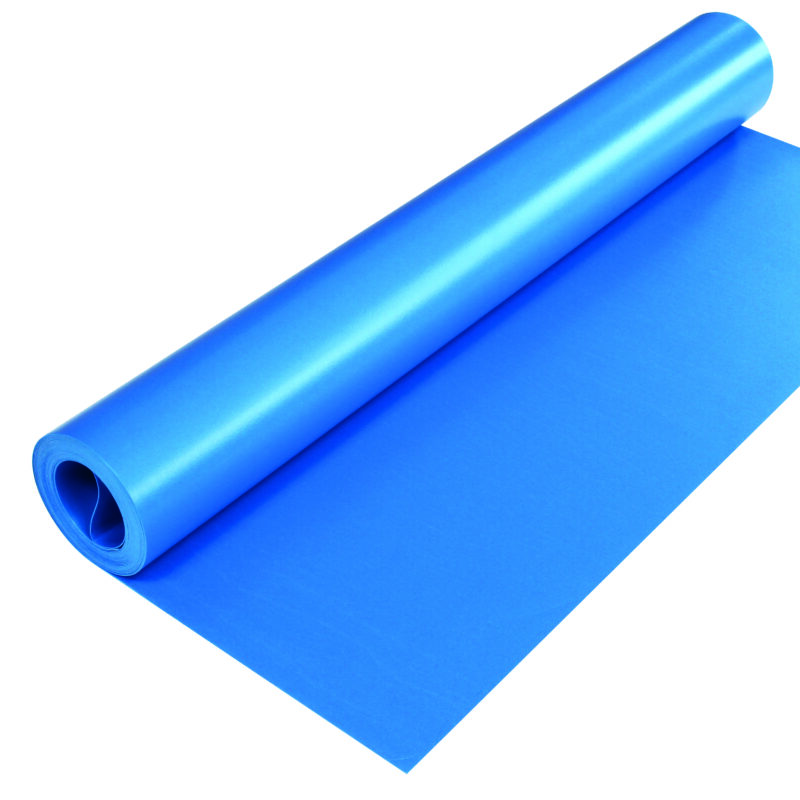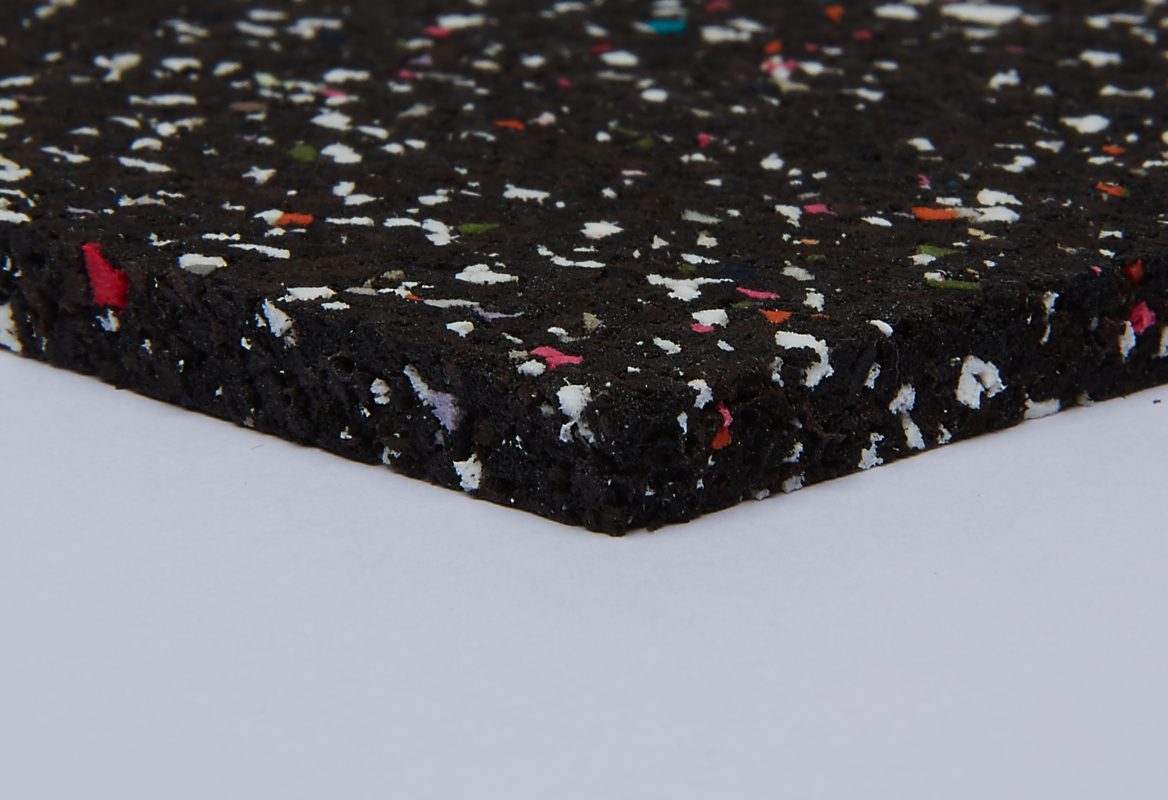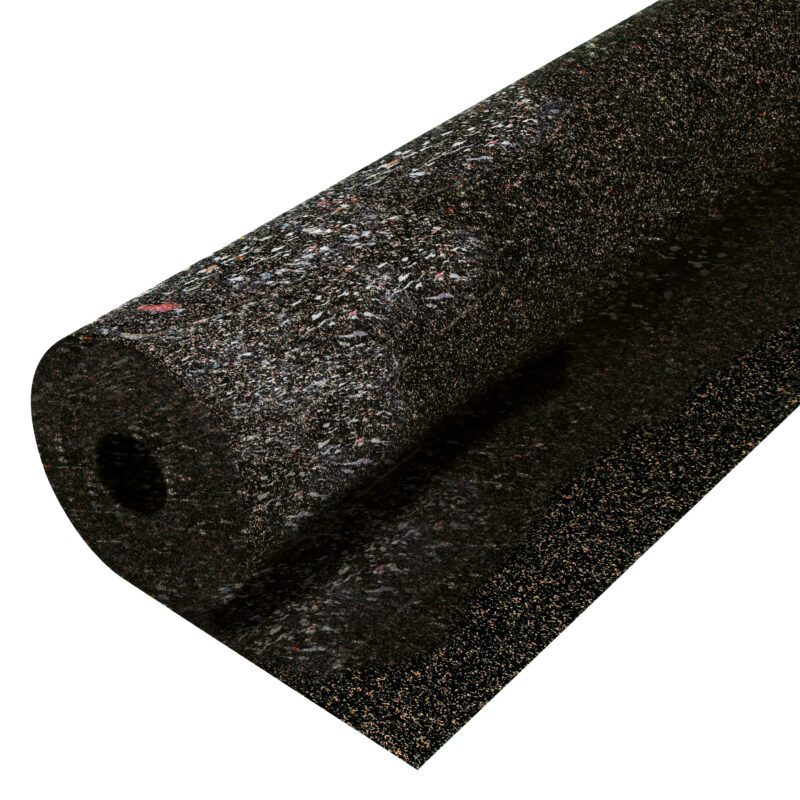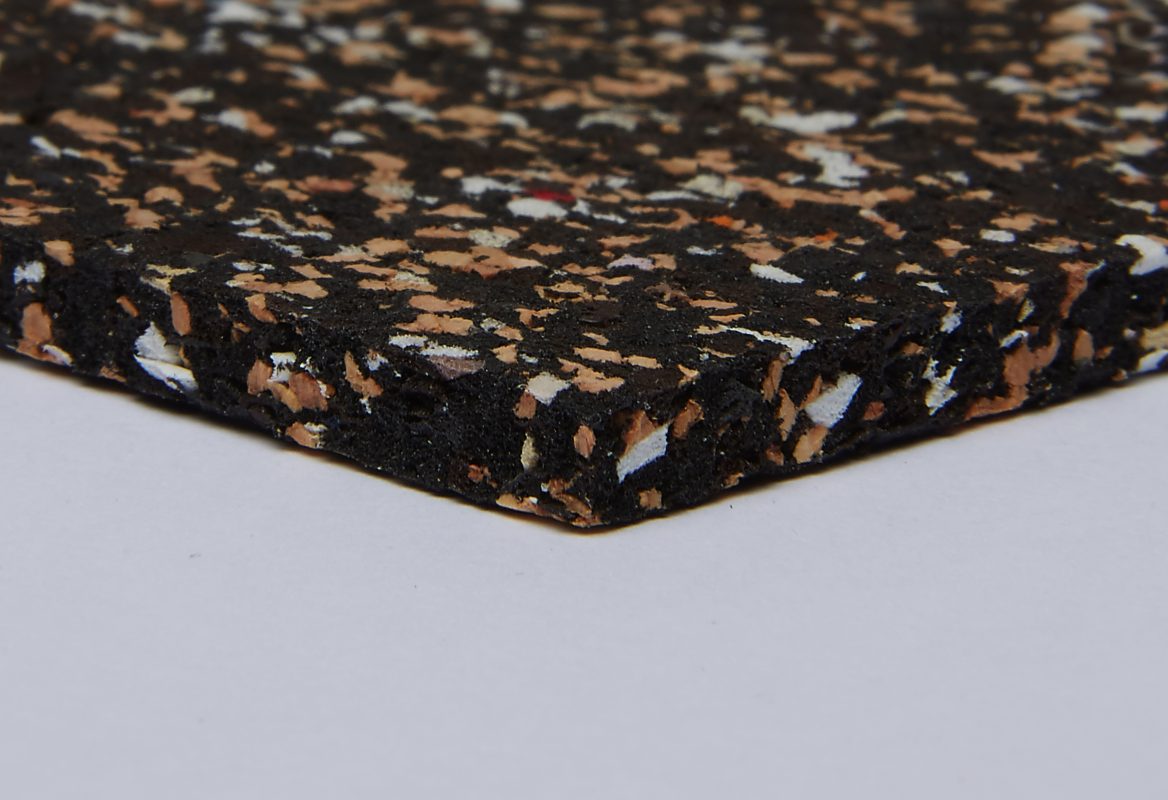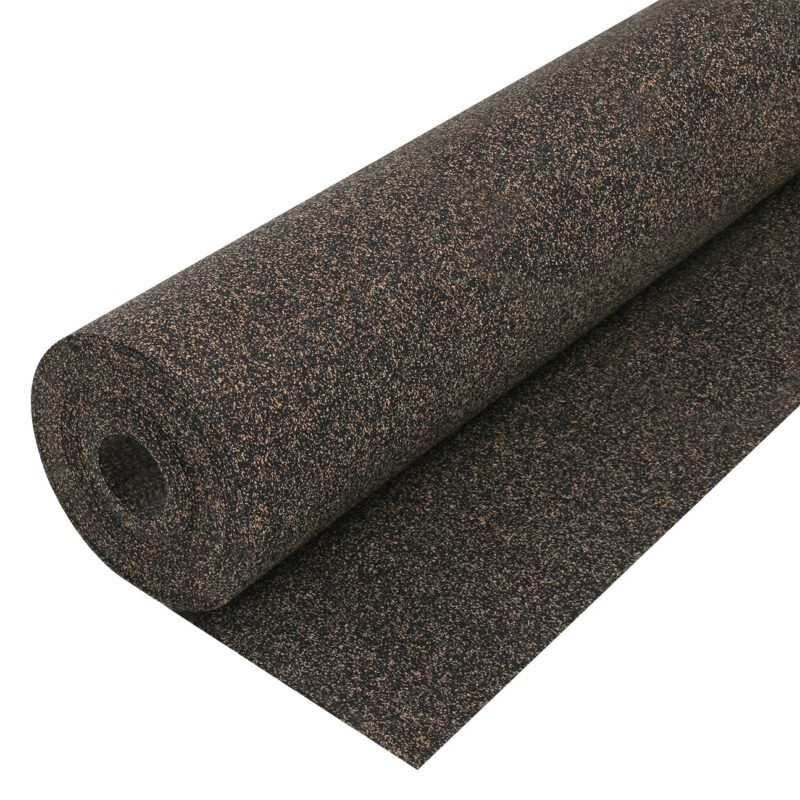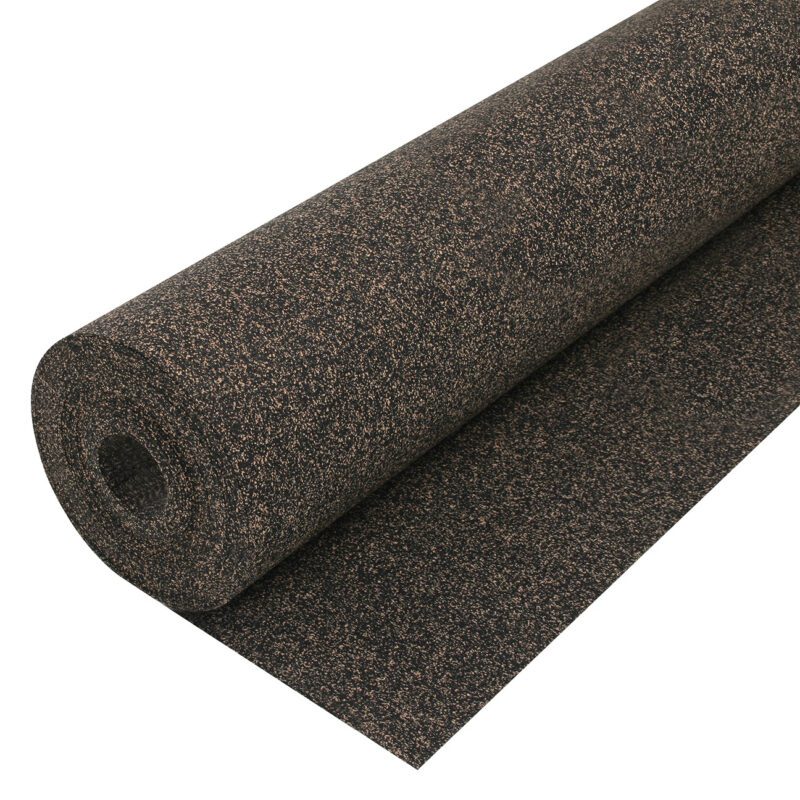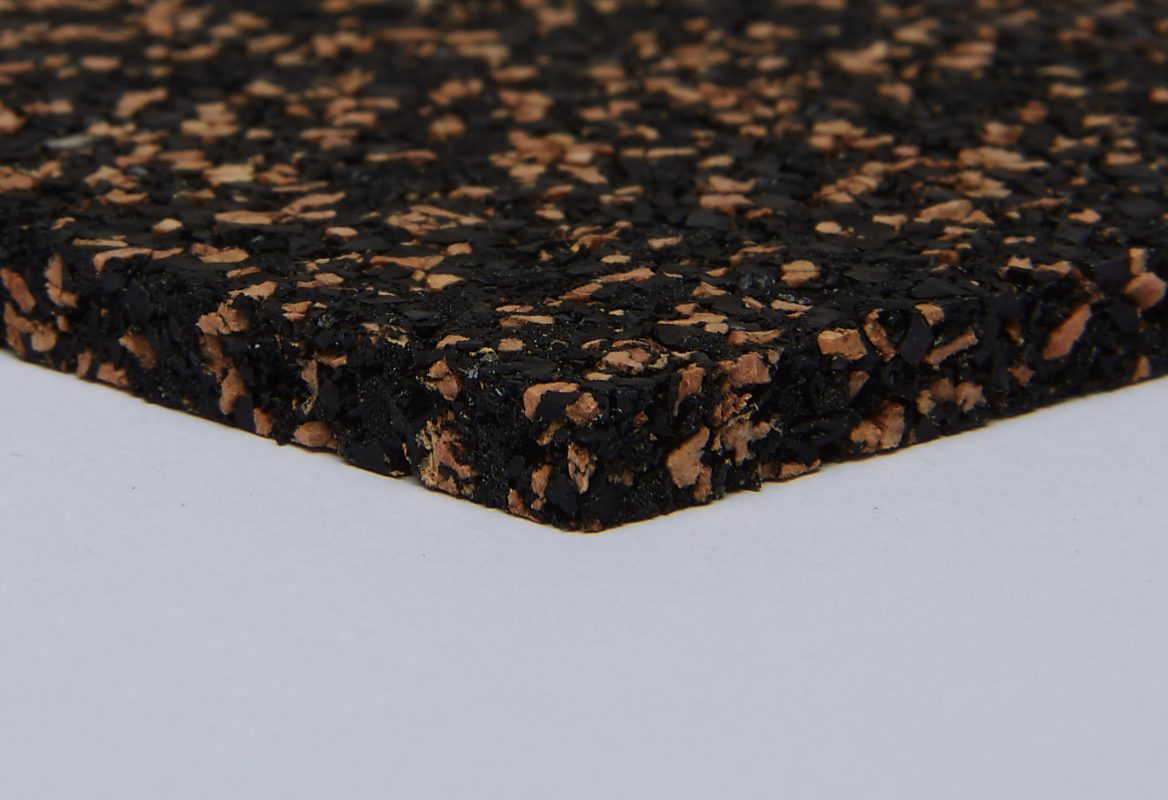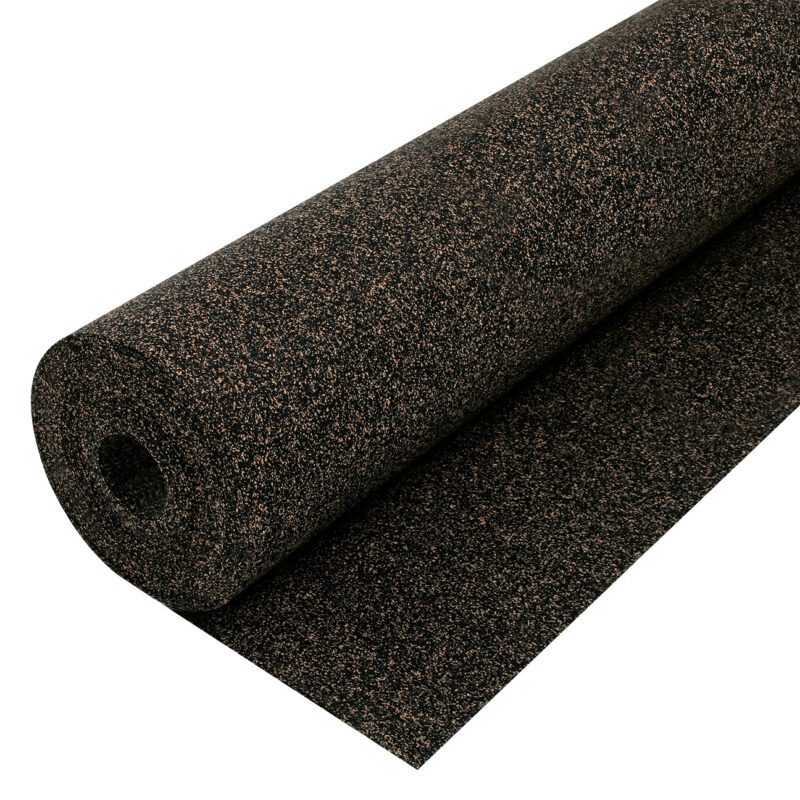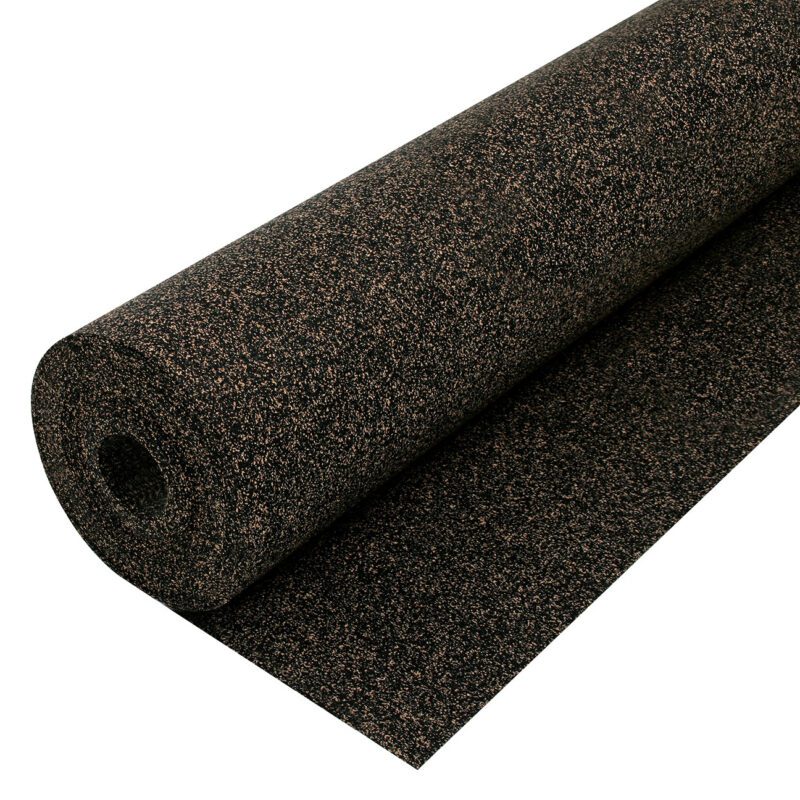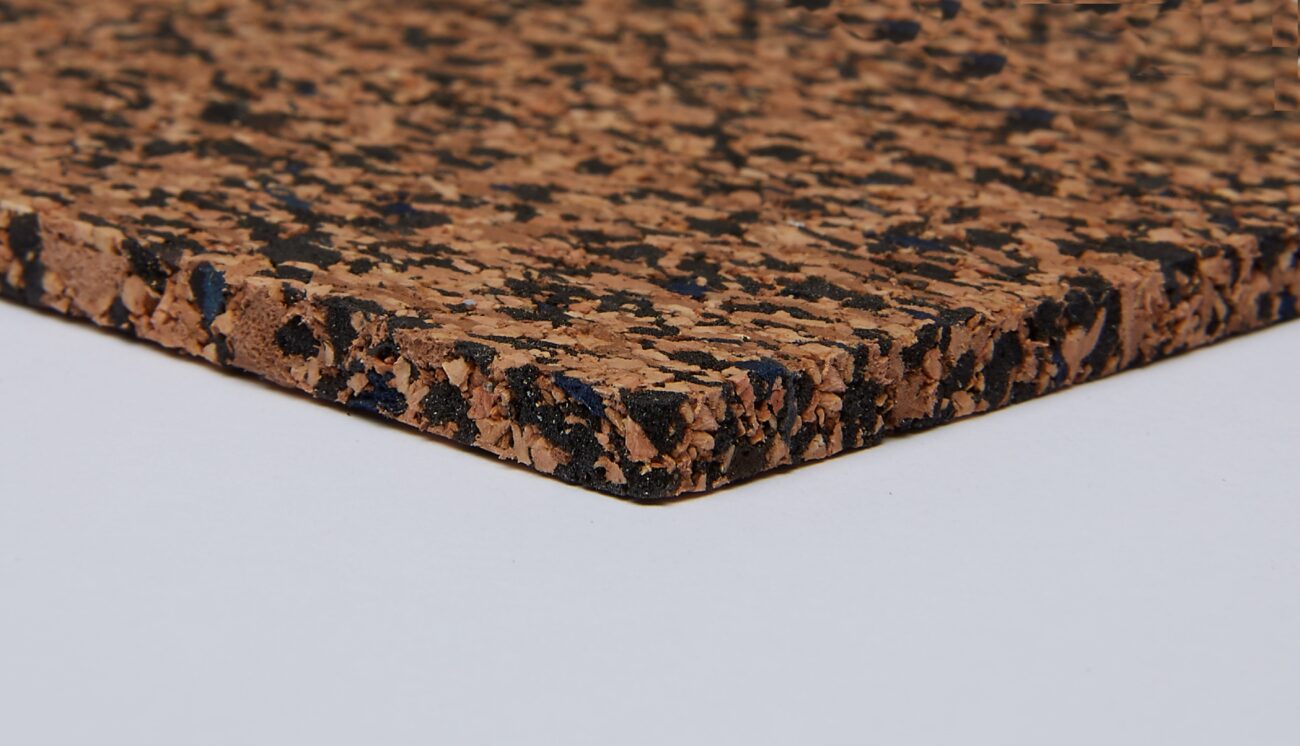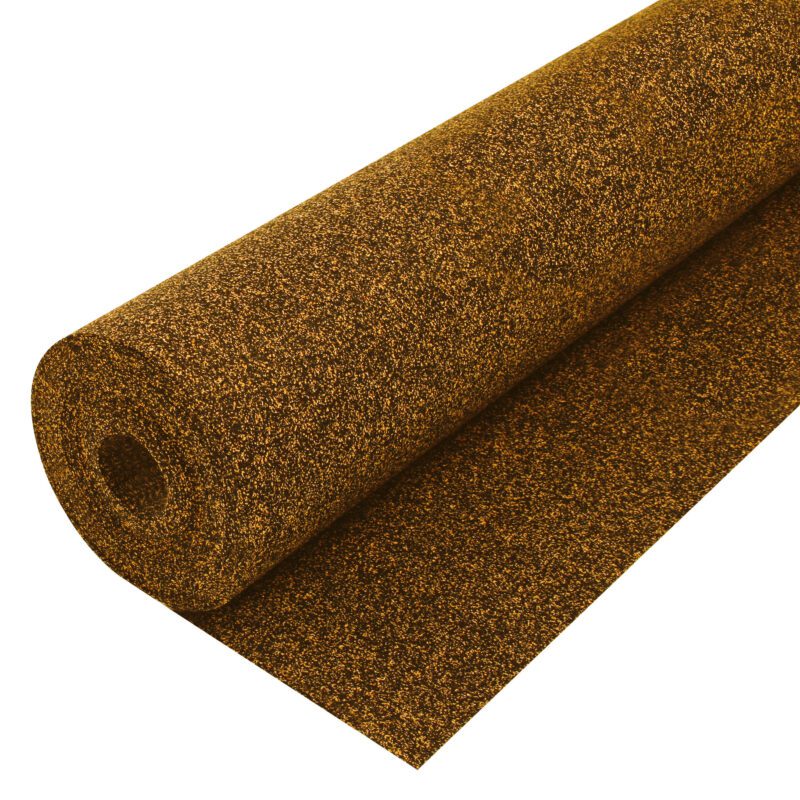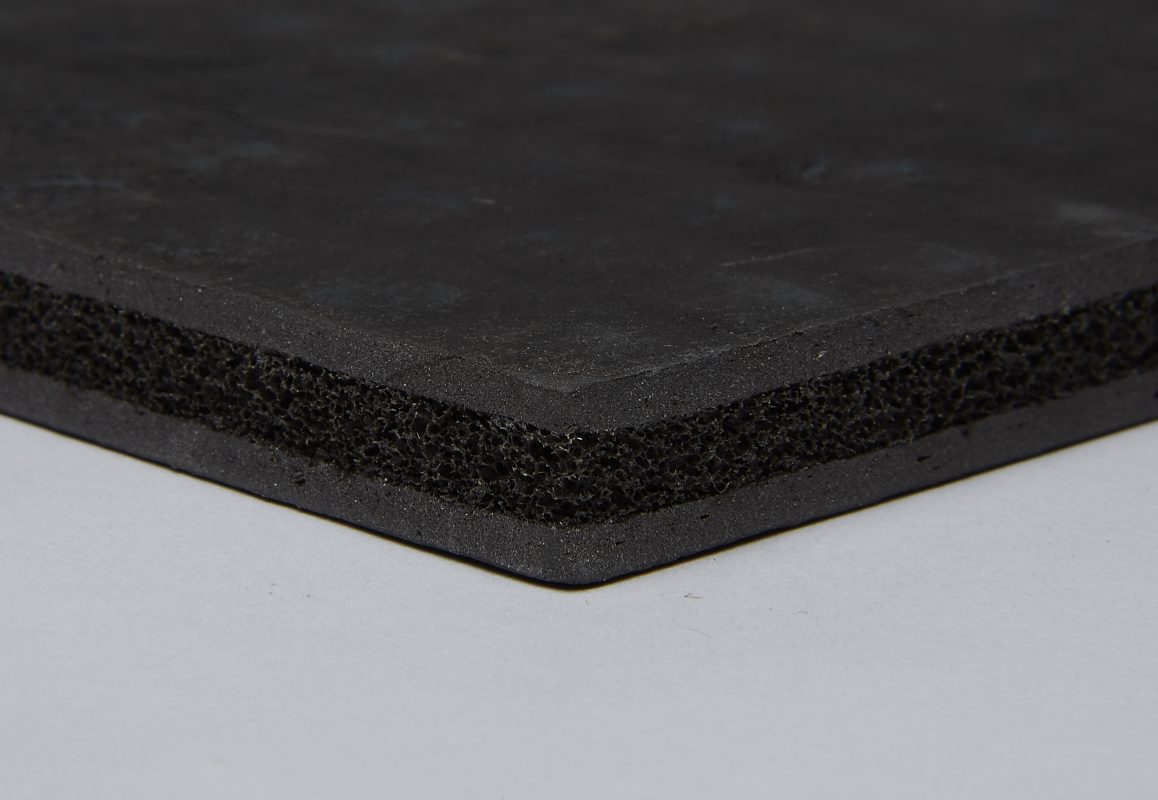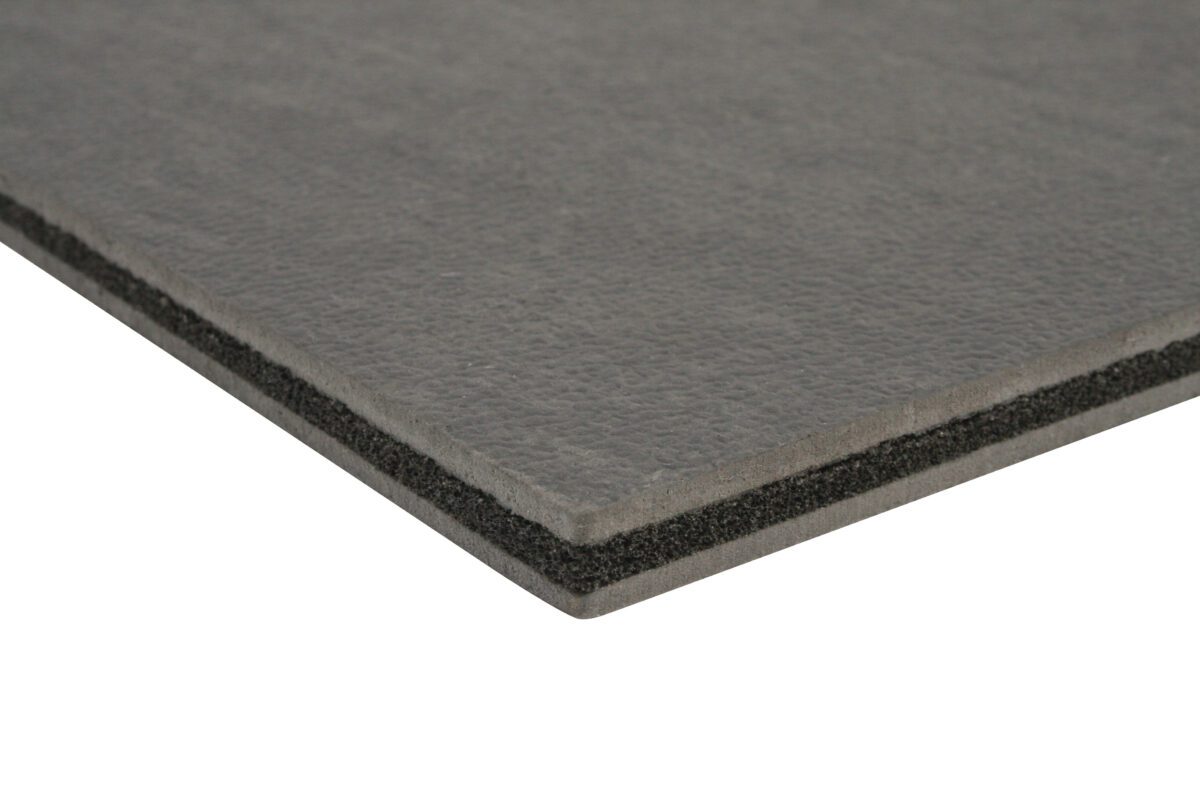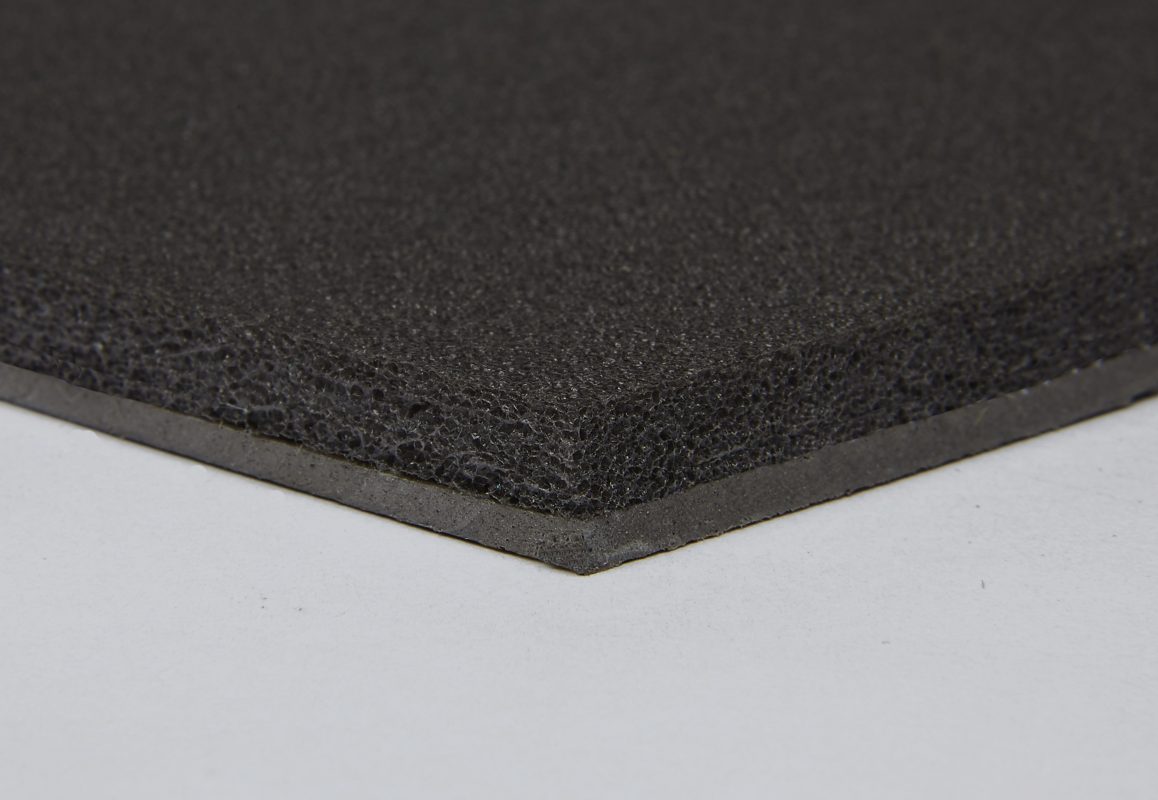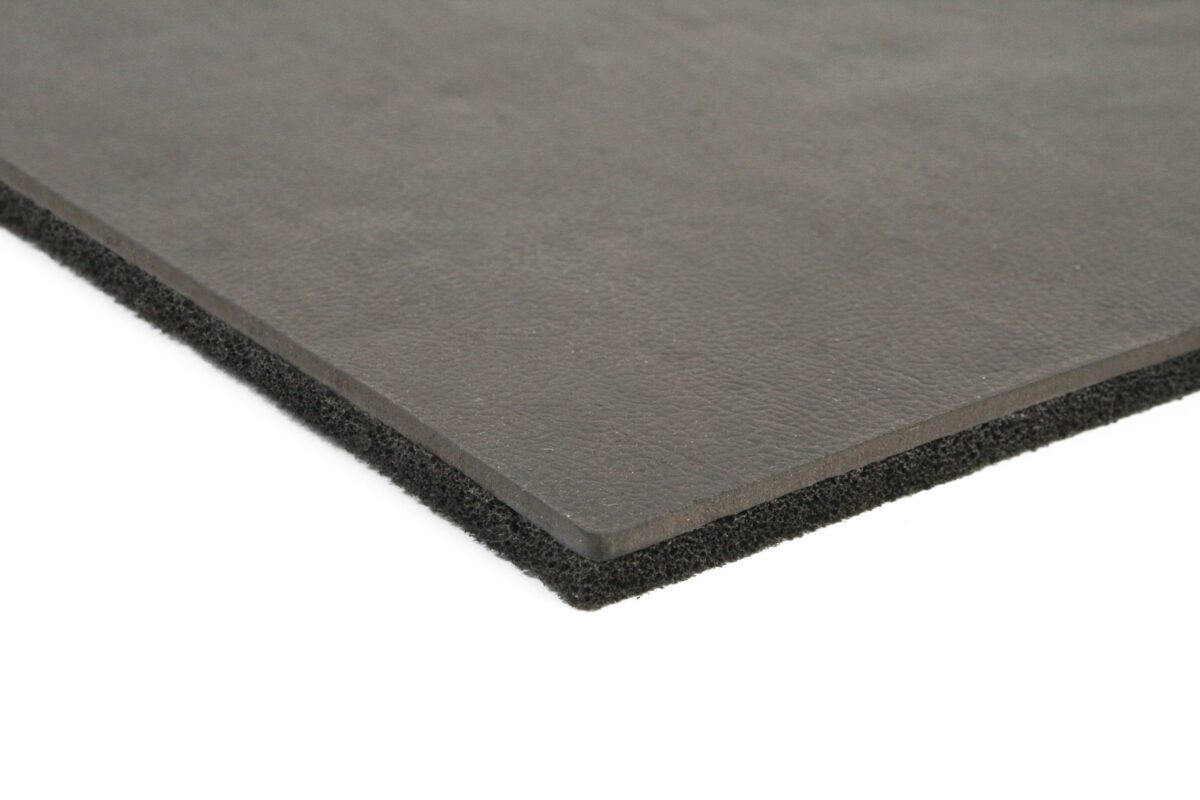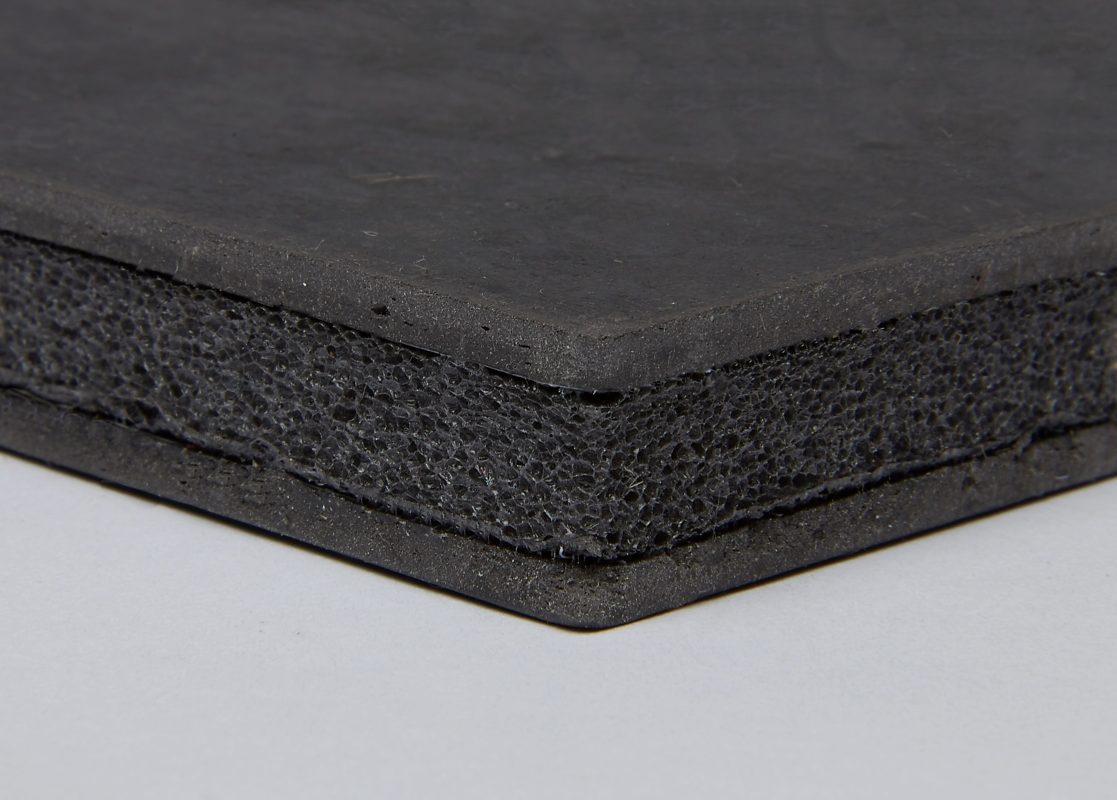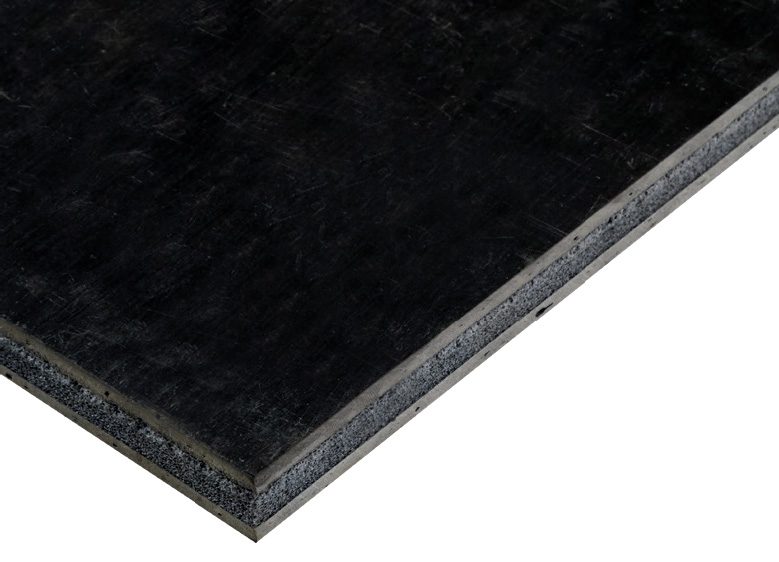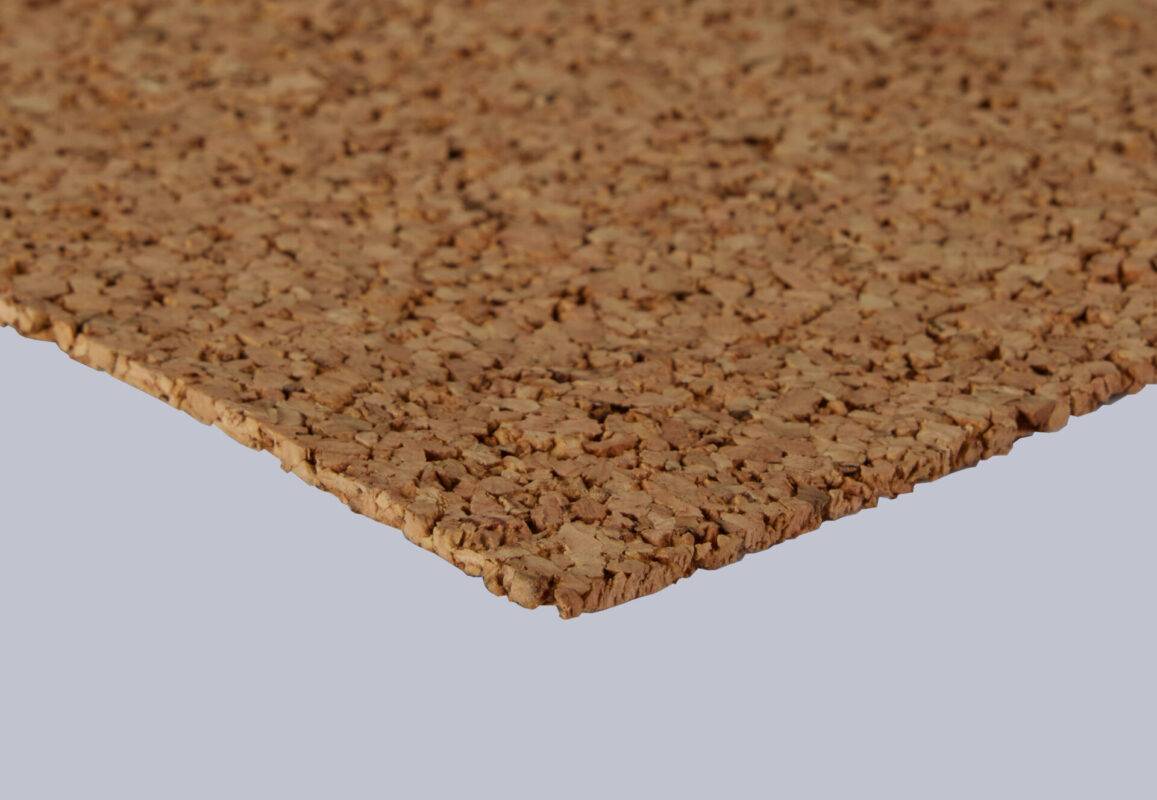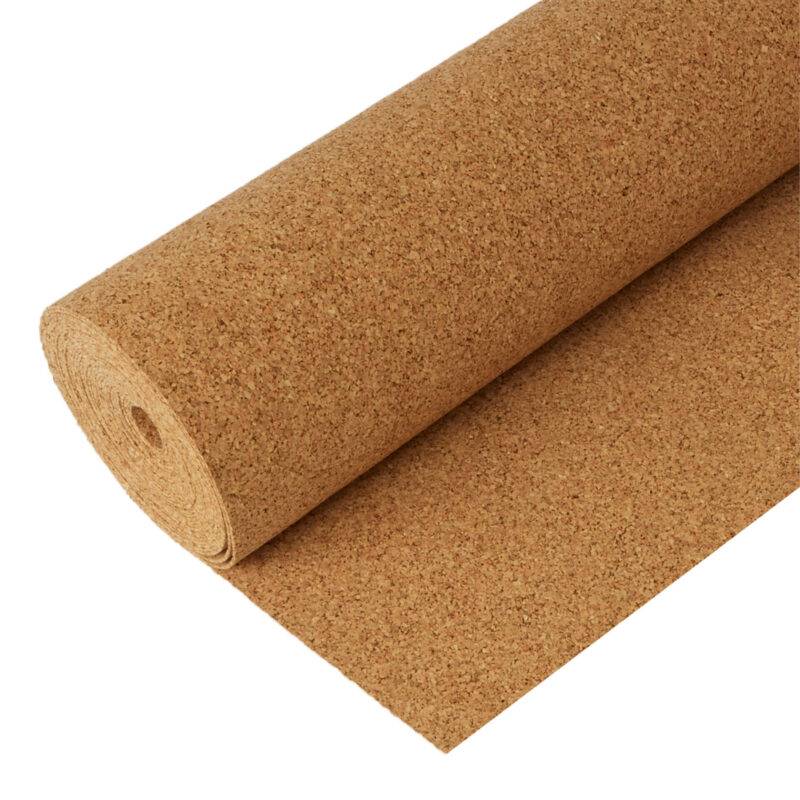Acoustic Underlay

Our acoustic underlay range offers outstanding sound insulation as standard, making them the obvious solution for those needing to meet building regulations (often the case in Houses in Multiple Occupation (HMOs), apartments, and commercial settings). Even if building regs aren’t your concern, they’re great for anyone looking to enjoy a more peaceful home.
Acoustic or sound insulation is the perfect way to reduce airborne noise and impact noise. Airborne and impact sound are the two main ways that noise travels around a space – and acoustic underlays beneath your main flooring material could be the perfect solution.
We offer acoustic underlays for a variety of floors including:
- Laminate
- Wood
- Carpet

QA Flooring has witnessed an increase in demand for our acoustic underlay range, and when we asked our trade customers why, they told us the following:
- Dense living – Changes to the way we live means there are more HMOs and apartment complexes than ever before. Many developers use our underlays to create barriers of sound reduction between tenants to meet building regulations and ensure a peaceful home for their residents.
- Open floor plan – Open floor plans are particularly common in modern homes, which feature kitchens, dining rooms, and living rooms all in the same space. Having an acoustic underlay can help reduce how much impact sound and airborne noise travels throughout the room by absorbing it, helping you enjoy a quieter home with soundproofing underlays known for their acoustic insulation.
- Ease of application – Improving soundproofing through underlays is much easier and cheaper than hiring a construction crew to apply compounds to walls, decoupling wall systems etc. Not only this, but a soundproof underlay often serves several purposes that bring additional benefits to the home, such as improved comfort and moisture suppression. Some of our acoustic underlays offer compatibility with underfloor heating systems alongside their impressive soundproofing performance.
This question can be split into two:
- Floor – We offer an acoustic underlay range for carpeted floors, laminate flooring, engineered floors (i.e. a timber floor) and traditional wood flooring – all perfect for residential and commercial settings.
- Subfloor – Our acoustic underlay range works on any sub floor, such as wood or concrete floors. Depending on the type of subfloor, we would recommend getting additional benefits, such as a moisture barrier for concrete floors etc – but that’s something we can discuss with you if you choose to shop acoustic underlays with us.
Soundproofing underlay differs in terms of quality and material makeup, but we have created this table to detail industry averages:
| Material | Cost per Square Metre (£) | Installation Cost (£ per sqm) | Total Installed Cost (£ per sqm) | Living Room (20 sqm) | Bedroom (15 sqm) | Basement (30 sqm) |
| Foam Underlay | £2 – £5 | £5 – £10 | £7 – £15 | £140 – £300 | £105 – £225 | £210 – £450 |
| Rubber Underlay | £8 – £15 | £10 – £20 | £18 – £35 | £360 – £700 | £270 – £525 | £540 – £1,050 |
| Cork Underlay | £10 – £20 | £12 – £25 | £22 – £45 | £440 – £900 | £330 – £675 | £660 – £1,350 |
| Felt Underlay | £5 – £10 | £6 – £12 | £11 – £22 | £220 – £440 | £165 – £330 | £330 – £660 |
However it’s worth noting that these are industry averages, and we offer impressive price points when you login to your trade account and explore our different underlay options for reduced impact noise and airborne noise reduction.
Login to your trade account or create a new one via our trade portal for the best prices.
No. Although the thickness of your soundproof underlay can contribute to its acoustic insulation ability, it’s entirely possible for thinner acoustic underlays to have just as impressive an effect on impact and airborne noise.
Let us quickly go through some of the factors that impact how effective your acoustic underlay is:
- Thickness – Thick underlays can reduce the energy of acoustic waves against the floor. This is because the sheer amount of material makes it effective in cushioning and absorbing airborne sound.
- Density – Dense materials have a high number of packed molecules in their makeup. These molecules capture the waves of impact and airborne sounds and convert them to a different type of energy, such as heat. A rubber underlay typically has the most density in the market and is often used in areas with heavy foot traffic because it’s so robust as an underlay, whilst also offering effective floor soundproofing.
- Material Composition – Different materials have different abilities to resist the flow of acoustic energy. Materials like rubber and cork have structures that give them a high ability to dissipate sound energy and stop sound transmission in its track.
Yes, it’s entirely possible. That being said, there are some things to consider, as an acoustic underlay tends to be thick and/or dense, both of which can make it hard for underfloor heating to be efficient. As such, ensure you check the following:
- Thermal Conductivity – For the heating to properly enter and heat the room, the floor has to be highly conductive to heat. Conductivity is the measure of how easily heat can go through the material – the better it can do that, the more you’ll benefit from the underfloor heating system that’s installed.
- Thickness – Thick underlays are good insulators and can help keep heat in the room more easily. With that said, when your heating system is underneath the underlay (as it is with underfloor heating systems) then that heat will be insulated under the flooring material, making your subfloor nice and cosy but stopping the heat from entering your room.
- Material – Some materials are simply not that good for transmitting heat. For example, polystyrene foam, and a lot of rubber products. It’s unlikely that products that have these will do an effective job. Look for materials known for their ability to conduct heat.
Confused? Thankfully, we also offer a really simple to use traffilay system for those who aren’t sure which underlay they need. Fill in our quick form indicating your acoustic and underfloor heating needs and we’ll tell you which of our products suit you best.


